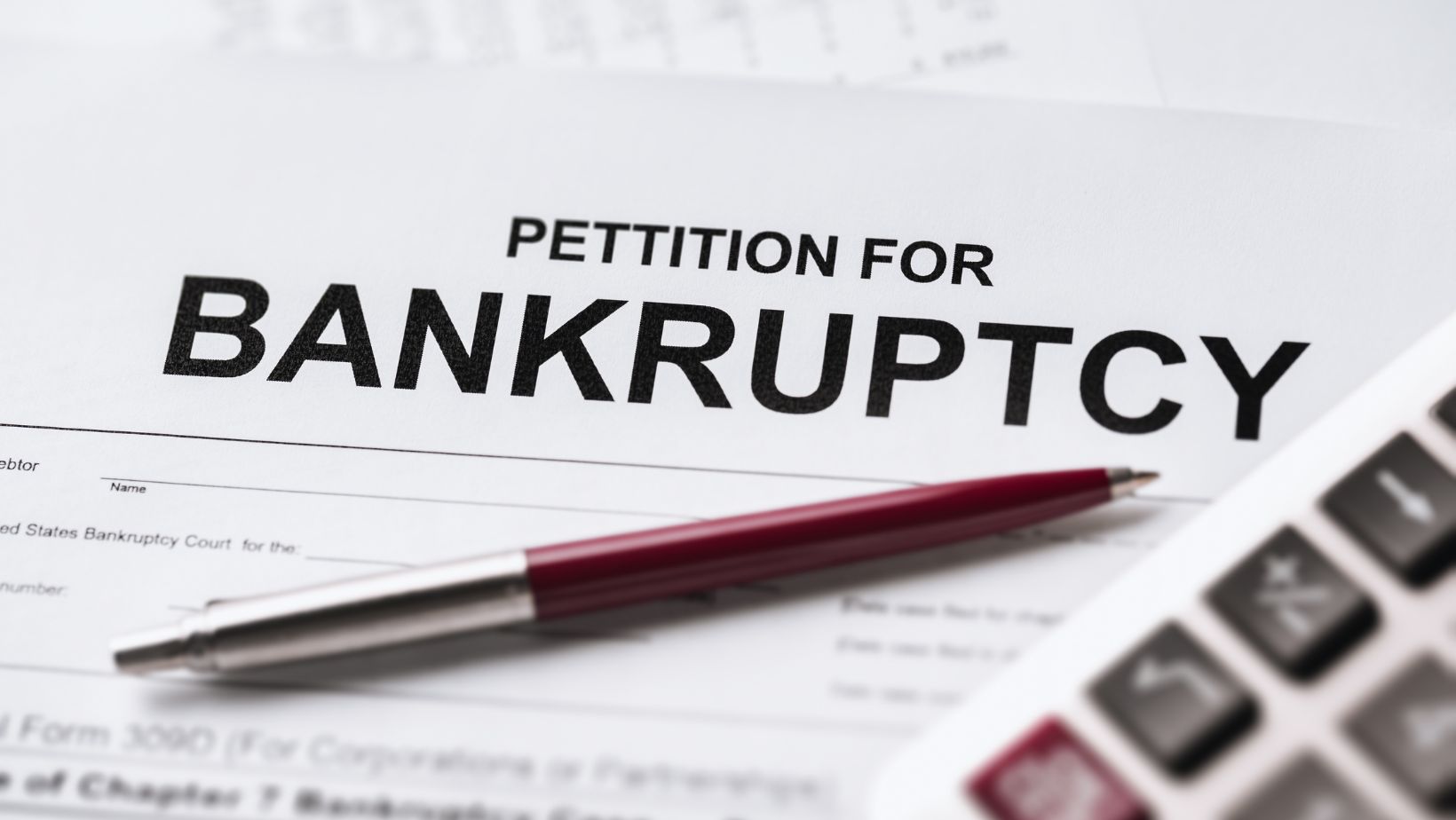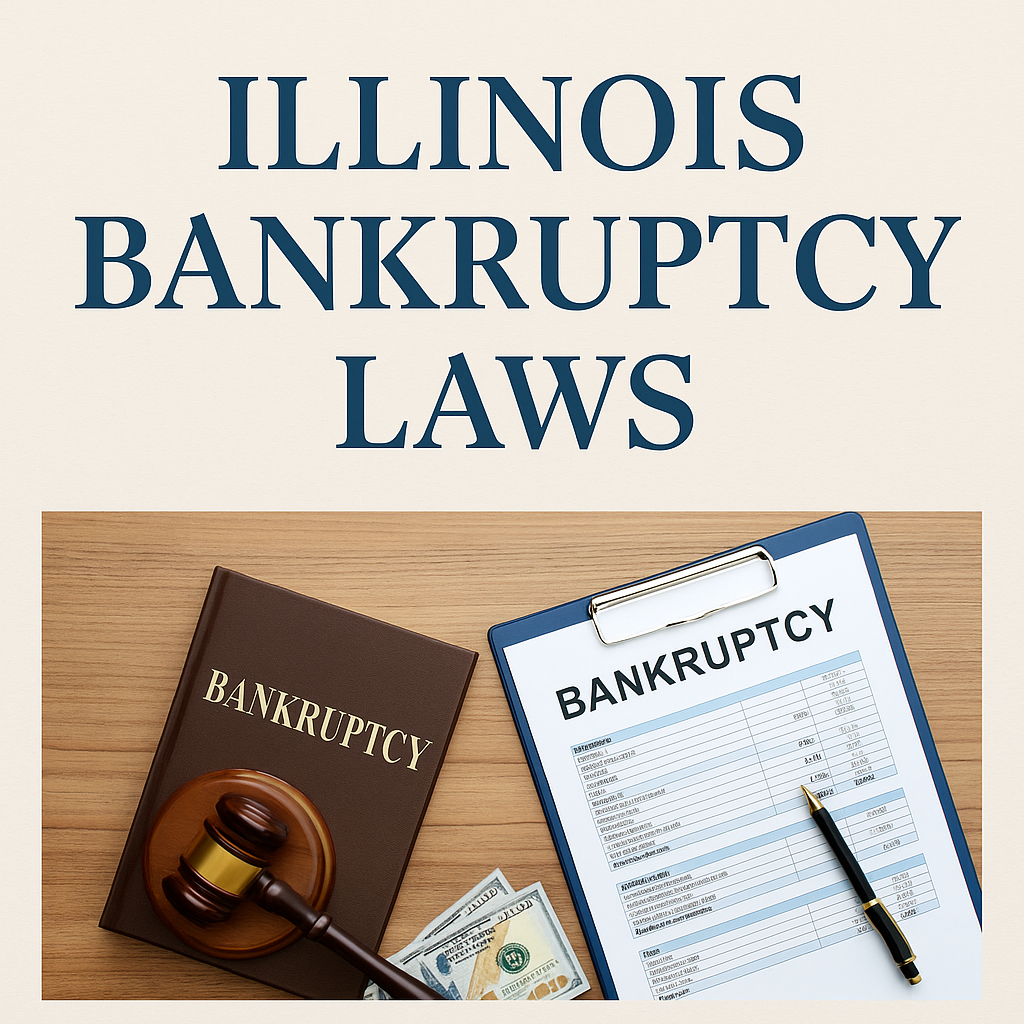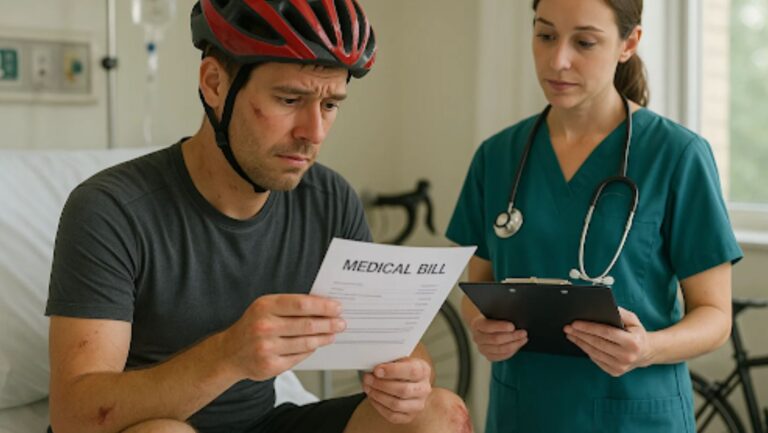Bankruptcy is often seen as a last resort, but for many people, it is the first step toward financial recovery. In Illinois, the bankruptcy process is governed by both federal law and state-specific exemptions. While federal statutes outline the overall process under the U.S. Bankruptcy Code, state rules determine which assets you can protect.
If you’re beginning your research, explore more about Illinois bankruptcy protections here. At U.S. Bankruptcy Help, we provide free resources that explain bankruptcy clearly and connect you with qualified attorneys in Illinois who can review your situation.
This guide explains the essentials of Illinois bankruptcy laws in 2025—including exemptions, eligibility, updates, and the filing process—so you can make informed financial decisions.
Bankruptcy in Illinois: Federal System with State Rules
All bankruptcy cases are filed in federal court, but the property you can keep depends on Illinois exemptions. Unlike some states, Illinois does not allow residents to use federal exemptions—you must follow state rules.
Bankruptcy petitions in Illinois are filed in one of three federal districts:
- Northern District of Illinois
- Central District of Illinois
- Southern District of Illinois
Regardless of your district, Illinois exemptions apply statewide, ensuring consistent protection across the state.
Types of Bankruptcy Available in Illinois
Chapter 7 Bankruptcy
Chapter 7 allows individuals to eliminate many unsecured debts such as credit cards, medical bills, and payday loans. Illinois exemptions protect your home (up to certain equity limits), retirement savings, and essential personal property, so most filers keep the items they need to live.
Chapter 13 Bankruptcy
Chapter 13 is a repayment plan lasting three to five years. It allows debtors to catch up on secured debts like mortgages and car loans while still discharging qualifying unsecured debts. Many Illinois homeowners choose this chapter if they want to save their homes from foreclosure.
Chapter 11 Bankruptcy
Chapter 11 is primarily used by businesses but can also apply to high-income individuals with significant debt that exceeds Chapter 13 limits. It allows restructuring while continuing operations.
Key Exemptions Under Illinois Bankruptcy Laws
Exemptions allow you to protect necessary property when filing bankruptcy. As of 2025, the most common Illinois exemptions include:
- Homestead exemption: Up to $15,000 in equity for a single filer, or $30,000 for married couples filing jointly.
- Vehicle exemption: Up to $2,400 in equity in one motor vehicle.
- Wildcard exemption: $4,000 in personal property of your choice, such as cash, bank accounts, or household items.
- Personal property exemptions: Includes clothing, school books, family pictures, and household goods.
- Wage protection: The greater of 85% of earned but unpaid wages or 45 times the state minimum wage.
- Retirement accounts: Pensions and most tax-exempt retirement accounts are fully protected.
Exemption amounts can change, so it’s important to check current figures before filing.
Eligibility: The Means Test
To file Chapter 7, Illinois residents must pass the federal means test. This compares your household income with the state median for families of your size:
- Below the median: You typically qualify.
- Above the median: You may still qualify after subtracting necessary expenses, or you may need to consider Chapter 13 instead.
Means test thresholds are updated regularly, so 2025 numbers may differ from previous years.
Illinois Bankruptcy Laws and Creditor Protections
Once you file, an automatic stay begins, which immediately stops:
- Foreclosure proceedings
- Wage garnishments
- Vehicle repossessions
- Creditor phone calls and lawsuits
This protection gives you breathing space while your case is reviewed.

- Child support and alimony
- Most student loans
- Recent tax obligations
- Court fines and penalties
Updates to Illinois Bankruptcy Laws in 2025
While bankruptcy rules are federal, Illinois periodically updates its exemption amounts and asset categories. In 2025, important updates include:
- Increased exemption values: Several exemptions—particularly for personal property and wages—rose slightly to account for inflation.
- Digital assets disclosure: Illinois courts increasingly require cryptocurrency and digital accounts to be reported in filings.
- Student loan hardship claims: Courts continue to examine student loan dischargeability case by case, though full discharge remains rare.
The Filing Process in Illinois
Filing for bankruptcy typically involves the following steps:
- Complete a credit counseling course – Required within 180 days before filing.
- File the petition – Submit financial disclosures and schedules to the federal court.
- Automatic stay begins – Creditor activity stops immediately.
- Trustee appointment – A trustee reviews your finances and verifies accuracy.
- 341 meeting of creditors – A brief hearing where creditors may ask questions (though they rarely attend).
- Complete debtor education course – Required before discharge.
- Debt discharge – In Chapter 7, this occurs in a few months; in Chapter 13, after the repayment plan is completed.
Alternatives to Bankruptcy
Bankruptcy is not the only path to debt relief. Alternatives include:
- Debt consolidation – Combining multiple debts into a single monthly payment.
- Debt settlement – Negotiating with creditors for reduced balances.
- Credit counseling – Nonprofit agencies can help with budgeting and repayment strategies.
Still, for many Illinois residents, bankruptcy provides the most effective long-term relief.
Life After Bankruptcy in Illinois
Bankruptcy does affect your credit report, but many people begin rebuilding immediately after discharge. Secured credit cards, small personal loans, and consistent bill payments are tools to rebuild credit.
Most importantly, bankruptcy provides peace of mind. Wage garnishments end, creditor harassment stops, and you gain the opportunity to rebuild your finances.
How U.S. Bankruptcy Help Supports You
At U.S. Bankruptcy Help, we make the process clearer by offering:
- Free resources about Illinois bankruptcy laws and exemptions
- Guidance to compare Chapter 7, Chapter 13, and alternatives
- Direct connections to local bankruptcy attorneys once you’re ready
We are not a law firm. Instead, we provide the knowledge you need and connect you with professionals who can guide you through the legal process. By completing our simple form, you’ll be matched with a qualified attorney in your area.
Final Thoughts
Understanding Illinois bankruptcy laws in 2025 means knowing your rights, exemptions, and the process before filing. With the right information, bankruptcy can be the first step toward financial stability and a true fresh start.
Start your recovery today by exploring the free tools and resources at U.S. Bankruptcy Help. The sooner you take action, the sooner you can begin rebuilding your financial future.




